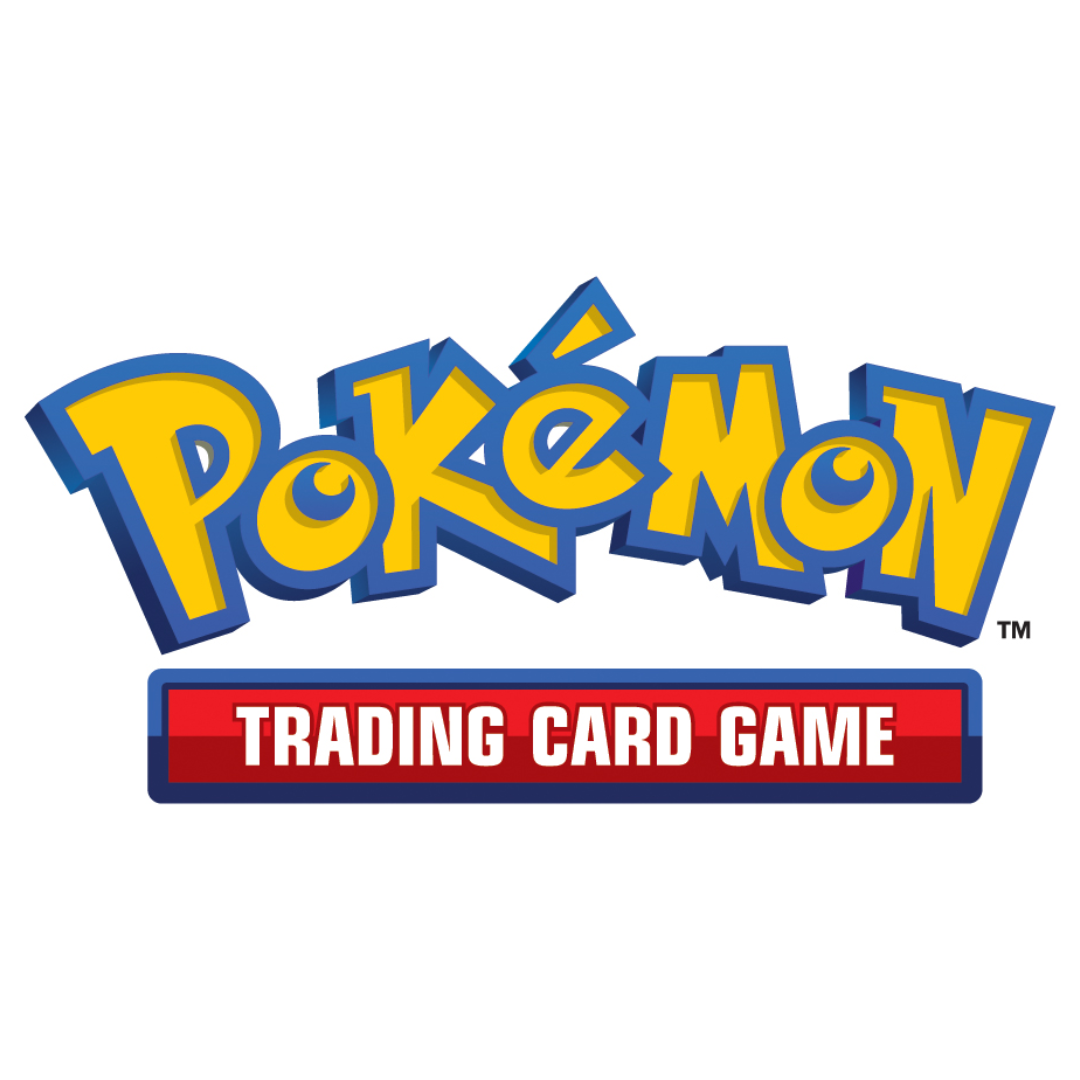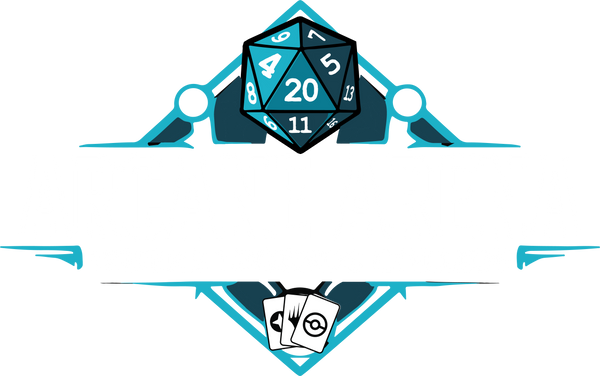
The Origins of a Phenomenon: A Look Back at the Pokémon Trading Card Game
Share
In the mid-to-late 1990s, a cultural wave swept across the globe, capturing the imagination of kids, teens, and even adults. While the Pokémon video games for the Game Boy sparked the first embers, it was the Pokémon Trading Card Game (TCG) that helped fuel the phenomenon into a worldwide craze — one that still thrives more than 25 years later.
The Birth of Pokémon TCG
The Pokémon TCG first launched in Japan in October 1996, published by Media Factory and designed by Wizards of the Coast for the English release in 1999. It took the colorful creatures from the original Pokémon Red and Green (Blue in the U.S.) video games and transformed them into collectible, battle-ready cards.
Early on, the TCG’s core appeal was twofold — it let fans collect their favorite Pokémon while also allowing them to battle friends in a competitive, strategic way. The Base Set, featuring iconic cards like Charizard, Blastoise, and Venusaur, quickly became the stuff of playground legend. Packs sold out instantly, and stores couldn’t keep product on the shelves.
The Gameplay That Hooked a Generation
At its core, the Pokémon TCG was easy to learn yet challenging to master. Two players faced off with decks of 60 cards, using Pokémon to attack, defend, and outmaneuver their opponent. Energy cards powered moves, Trainer cards offered support and strategy, and evolution mechanics mirrored the games, allowing basic Pokémon to grow stronger during play.
This mix of accessibility and depth meant that even young players could jump right in — while older or more competitive players could hone intricate strategies. Tournaments soon sprang up, from local hobby shop events to the first Pokémon World Championships in 2004.
The Early Sets and Iconic Artwork
The earliest sets — Base Set, Jungle, and Fossil — remain nostalgic treasures today. Illustrator Ken Sugimori’s character designs and Mitsuhiro Arita’s now-famous Base Set Charizard art became instantly recognizable. These sets cemented the Pokémon TCG’s identity, blending vibrant, kid-friendly visuals with a layer of competitive sophistication that rivaled any other card game at the time.
The Craze and the Collectors’ Boom
By late 1999 and early 2000, Pokémon TCG had become a cultural phenomenon. Packs were as hotly sought-after as the latest video games, and certain cards reached near-mythical status. Schoolyards saw endless trades, binder collections grew thick, and parents everywhere scrambled to find the newest expansion before it sold out.
This was also the era where shadowless and first edition printings became legendary among collectors. Many of these cards — especially high-grade Charizards — now fetch staggering prices on the secondary market.
Pokémon TCG Today
From its humble beginnings in Japan to its global dominance, the Pokémon TCG has continually evolved. New mechanics, regional championships, and ever-expanding sets have kept the game fresh for new generations of players. Whether you’re a seasoned competitive player, a nostalgic collector, or a parent introducing the game to your kids, Pokémon TCG remains a gateway into both a community and a shared cultural memory.
The Pokémon Trading Card Game isn’t just a hobby — it’s a legacy. One that, like the Pokémon themselves, continues to evolve with every passing year.
